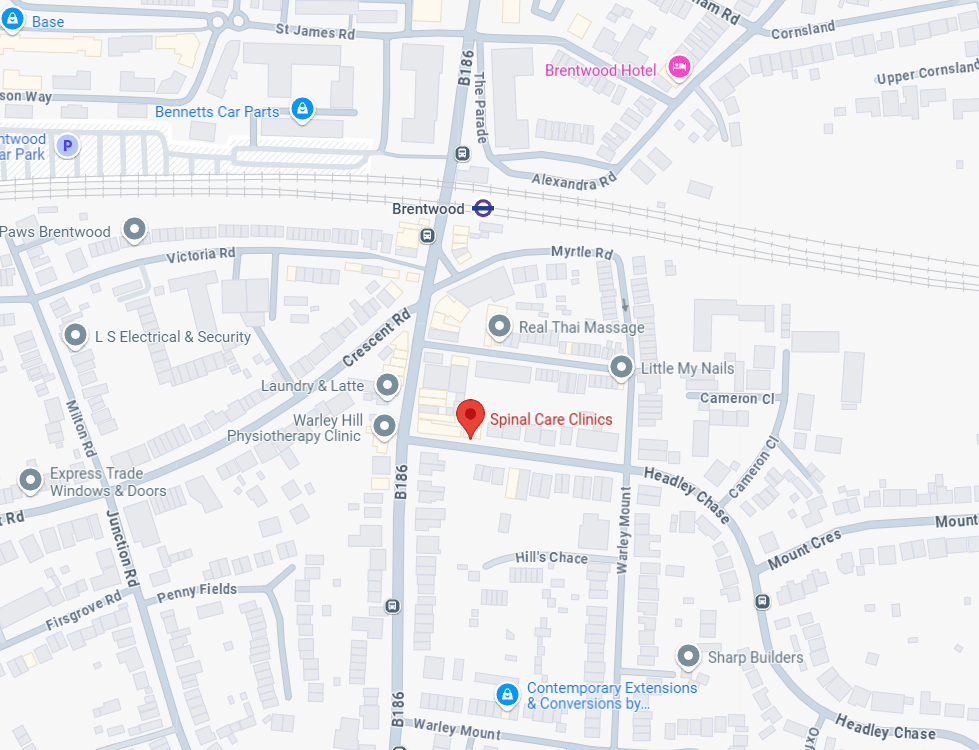
There are many techniques used by our experienced massage therapists. One particular tool in their toolbox is ‘Cupping’. Find out all about it, right here:
What is Cupping?
Cupping has become a popular soft tissue technique, especially as it’s a very effective treatment protocol for a vast range of conditions we see in the clinic.
Cupping is often used in conjunction with massage therapy. Cupping is one of the main techniques of Traditional Chinese Medicine (TCM). TCM style of cupping specifically targets acupuncture channels and aims to create balance, or move energy (Qi) within the body. Our sports massage therapists target the musculo-skeletal system directly, and use ‘dry cupping’.
How does it work?
 The cups are placed on the skin – directed at muscle groups/tissue that requires the treatment.
The cups are placed on the skin – directed at muscle groups/tissue that requires the treatment.
A vacuum is created by drawing gas out of the cup (this was traditionally used with fire to draw oxygen out, but suction cups with a pump are now typically used so there’s no risk of burning!).
Cupping pulls blood to a region to stimulate healing.
It is very effective at stretching tight fascia and muscles. It actually helps the tissue develop new blood flow and stimulates healing processes.
What are the marks about?

“I experienced cupping in a recent team meeting! At the time, I had a lot of tension in my legs. Several cups were applied on my hamstring and some on my calf – where a ‘dragging’ technique was used. I was astounded by how this technique quickly leaves you with the feeling of having a deep tissue massage. My leg felt a lot easier! ” Dr Penny
It’s important to mention that this technique will be used at the massage therapists’ discretion, rather than being requested. Cupping will only be used if and when appropriate to the individual’s case.
Our next article will give you an insight into how cupping can help you… Stay tuned!
In conclusion:
If you suspect you, or someone you know might be suffering from muscular pain, refer them to us, we may be able to help with our range of supportive therapies, so make sure you ask us about it!
Call us to book a no obligation consultation



